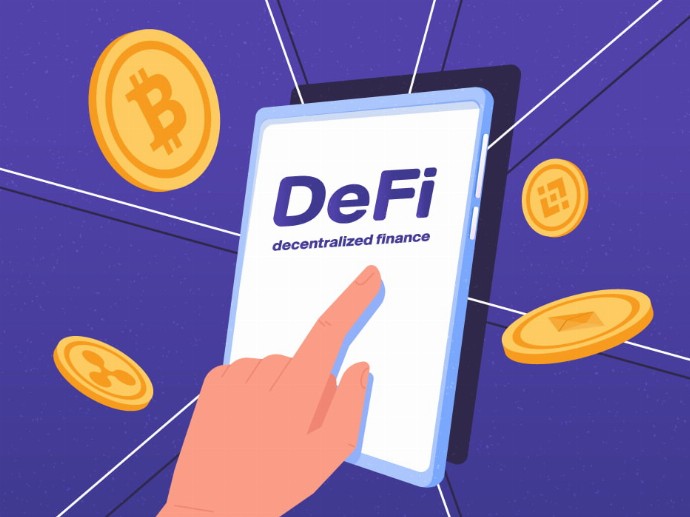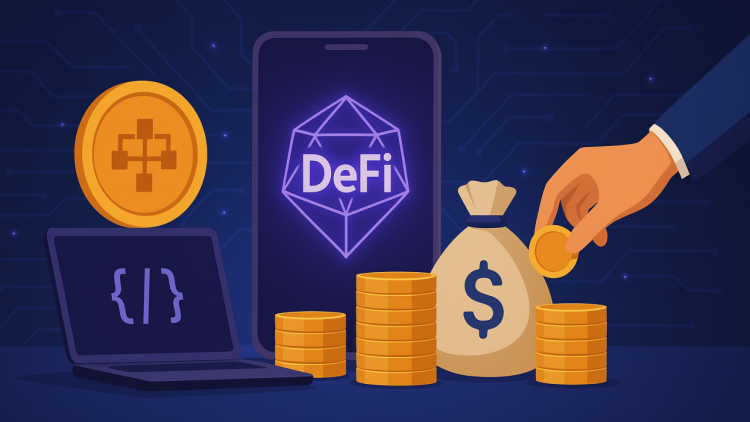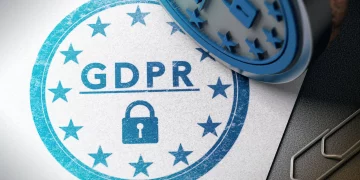Decentralized Finance (DeFi) is redefining the future of finance by removing traditional intermediaries and enabling open, borderless, and permissionless access to financial services. However, as DeFi expands into mainstream awareness, it faces growing pressure from regulators around the world. While its decentralized nature presents unique legal challenges, it also opens the door for innovative compliance models. The question is no longer whether DeFi should be regulated—but how it can grow responsibly within a regulatory framework that ensures trust, transparency, and consumer protection without sacrificing decentralization.
This article explores six key areas where DeFi and regulation intersect, and how the industry can move forward while preserving its core values.
1. The Compliance Gap: DeFi vs. Traditional Financial Regulation
Traditional financial systems are governed by strict legal frameworks that enforce identity verification (KYC), anti-money laundering (AML) measures, consumer protection, tax reporting, and centralized accountability. DeFi, by contrast, runs on smart contracts and anonymous wallet addresses, with no central party to regulate or license.
This creates several points of friction:
- KYC/AML enforcement is nearly impossible in fully decentralized protocols.
- No legal entity exists to hold accountable in case of fraud, loss, or manipulation.
- Jurisdictional ambiguity arises when protocols operate globally but laws vary by country.
As a result, regulators are increasingly scrutinizing DeFi as a potential risk to financial stability, investor protection, and national security. If DeFi wants to avoid blanket restrictions or enforcement actions, it must bridge this compliance gap.
2. Privacy-Preserving Compliance: Innovations in KYC and Identity
A key challenge for DeFi is implementing regulatory safeguards without undermining user privacy. Fortunately, blockchain-native technologies are emerging to meet this need.
- Zero-Knowledge Proofs (ZKPs) allow users to prove they meet certain regulatory requirements (e.g., not on a sanctions list, or above legal age) without revealing their full identity.
- Decentralized Identity (DID) systems give users control over verifiable credentials (like passports or financial history) linked to their blockchain wallet, stored securely off-chain.
- On-chain reputation tools assign credit scores or compliance levels based on wallet behavior, enabling risk-based access to financial services.
These tools create a privacy-compliant layer of user verification, allowing DeFi to align with regulatory goals while preserving its decentralized ethos.
3. Legal Wrappers and DAO Incorporation
Many DeFi protocols are governed by DAOs—decentralized communities that vote on changes and manage treasury funds. However, DAOs are not recognized as legal entities in most jurisdictions, which creates problems when interacting with real-world systems like courts, banks, or tax agencies.
To address this:
- Some DAOs are registering as legal entities (e.g., Wyoming DAO LLC, Swiss associations, Cayman foundations), allowing them to sign contracts, pay taxes, and engage with regulators while retaining decentralized governance.
- Legal wrappers provide a formal structure to connect on-chain code with off-chain legal rights and obligations.
This approach gives regulators someone to talk to—without requiring the protocol to become centralized.

4. Regulatory-Compliant Front Ends and Infrastructure
DeFi protocols are often immutable and unstoppable at the smart contract level. But most users interact through front-end applications (like websites or apps), which can be subject to regulation.
To comply, some projects are:
- Implementing geo-blocking to restrict access from high-risk jurisdictions.
- Requiring wallet screening to block known bad actors and sanctioned addresses.
- Partnering with regulated custodians and KYC providers to bridge DeFi with fiat on/off ramps.
This “compliant front end, decentralized back end” model is increasingly accepted as a balanced approach, letting protocols remain open while reducing legal risk for users and developers.
5. Global Regulatory Trends and the Need for Legal Clarity
Around the world, governments are starting to outline how DeFi will be treated under law. Key developments include:
- United States: The SEC, CFTC, and Treasury are debating how to classify DeFi protocols—securities, commodities, or something new. Proposed legislation aims to clarify the status of DAOs and DeFi platforms.
- European Union: The MiCA regulation focuses more on centralized crypto services, but further laws (like the Data Act) will affect smart contracts and automated services.
- Asia-Pacific: Countries like Singapore and Hong Kong are offering regulatory sandboxes for DeFi projects to test their models under government oversight.
Without consistent global standards, DeFi faces fragmentation and uncertainty. The solution lies in legal interoperability—creating systems and standards that work across borders while respecting local laws.
6. The Future of DeFi: Regulated Innovation, Not Compromised Decentralization
DeFi doesn’t need to become centralized to be compliant. The future lies in regulated innovation—combining open, trustless infrastructure with smart compliance mechanisms that protect users and satisfy legal requirements.
Key pillars of this future include:
- Transparent governance: DAOs with auditable records, voting mechanisms, and community-driven rules.
- Audited smart contracts: Code security verified by third parties to prevent exploits and bugs.
- Clear disclosures and risk warnings: So users understand the financial and technical risks of engaging with protocols.
- Standardized best practices: Developed by industry groups to guide protocol design, risk management, and legal interface.
By proactively engaging with regulators and embracing privacy-preserving compliance tools, DeFi can scale responsibly and redefine the future of finance—one that is open, inclusive, and legally resilient.
Conclusion
The next phase of DeFi’s evolution depends not just on innovation, but on cooperation—with regulators, legal experts, developers, and users. Regulation doesn’t have to mean centralization. With the right approach, DeFi can preserve its core principles while aligning with global standards, unlocking its full potential as the infrastructure of the next-generation financial system.


















































